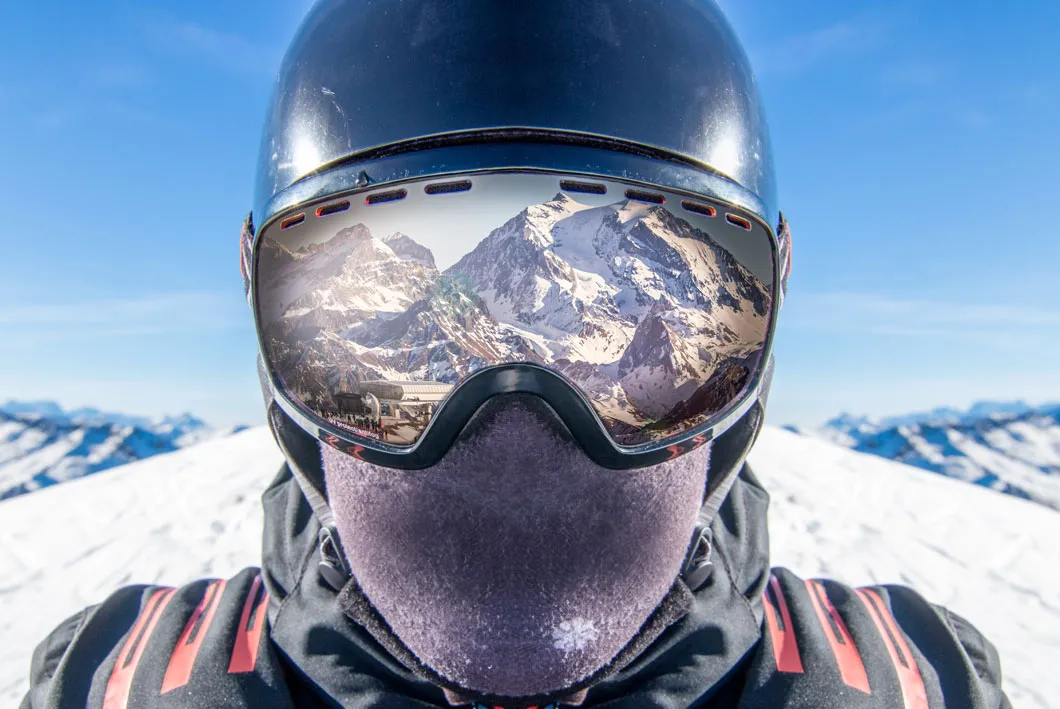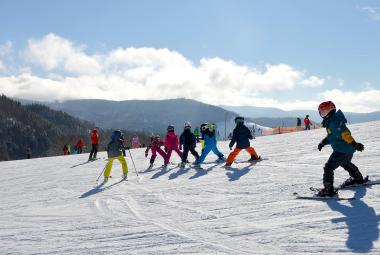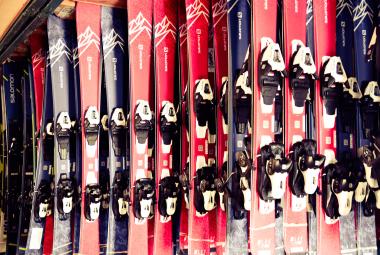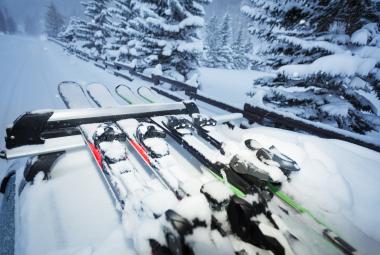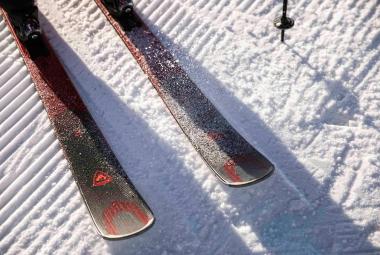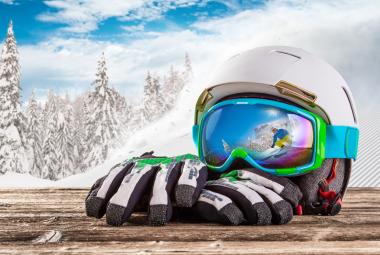Ski goggles are a part of ski gear that can make or break your ski experience. No one wants to deal with goggles that fog up or limit visibility. While at a glance, it may seem like there isn't much to pick out a pair of goggles. We can provide you with a wealth of information to make sure you pick out the best goggle for you.
There are tons of reputable brands. Oakley goggles, SMITH, and Bolle, are all brands that have stood the test of time. What makes one brand better than another truly depends on your needs. Fit, ski conditions, and extra considerations such as glasses or a helmet will influence your goggle purchase.
Goggle lenses come in a wide variety of colors. These colors are specific to different ski conditions. They offer increased visibility and help with the effects of bright winter snow.
Ski Lenses Color Guide
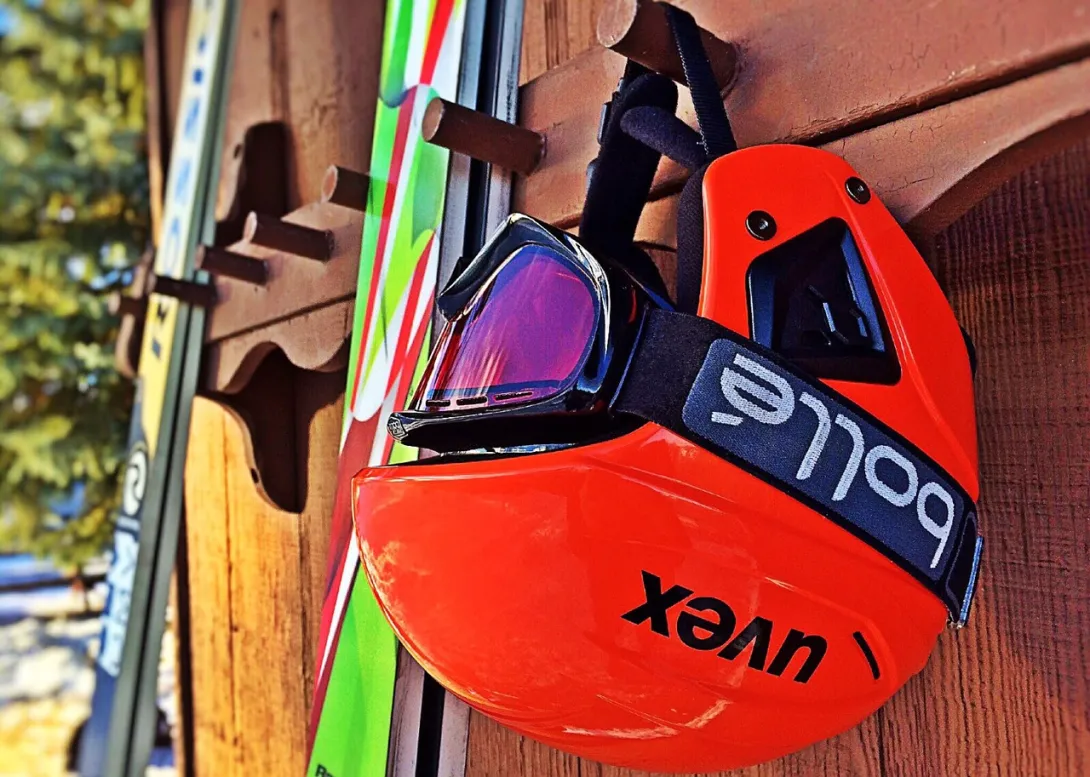
Lens color serves to filter UV rays; this influences how you see the contours and terrain of the slope. If you ski frequently, you may find that you want different goggles for different conditions.
Light Color Lenses: These goggles are green, rose, amber, and yellows. They light a lot of light, so they work best on cloudy or overcast days. Yellows are considered the best for adding detail on low-light days.
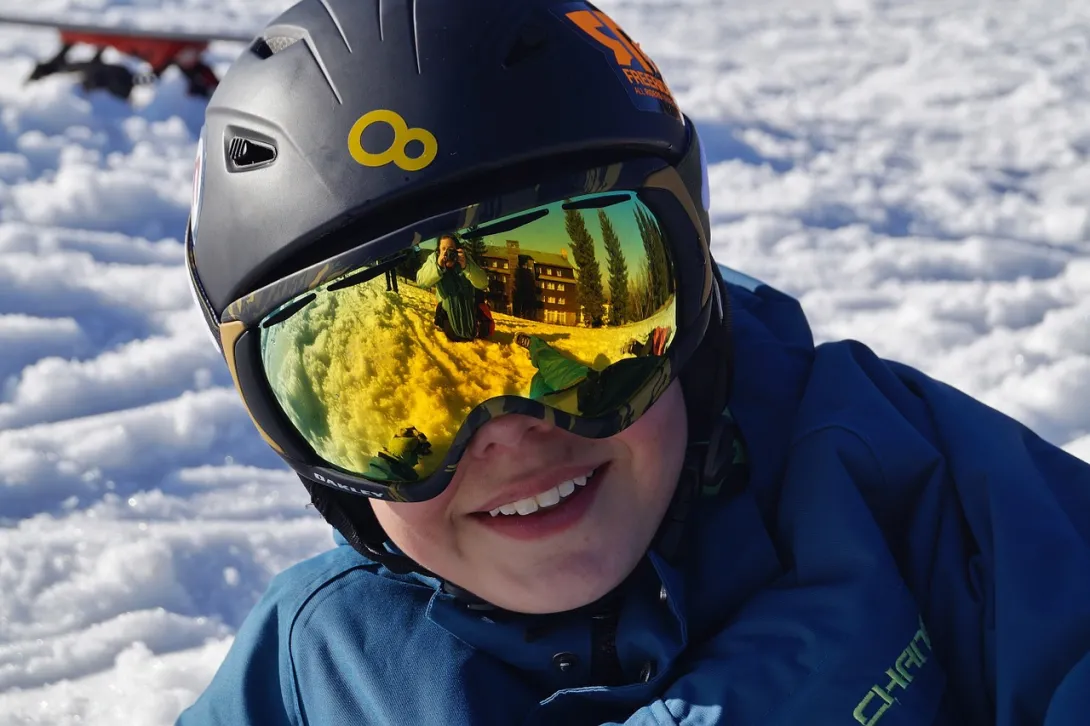
Dark Color Lenses: These colors are gray and brown. They do a better job of filtering UV rays, letting less light through. That makes them ideal for those bright blue skies and sunshine days.
Clear Lenses: These are best for night skiing. They provide the absence of color and do not filter any UV rays.
Lens shape
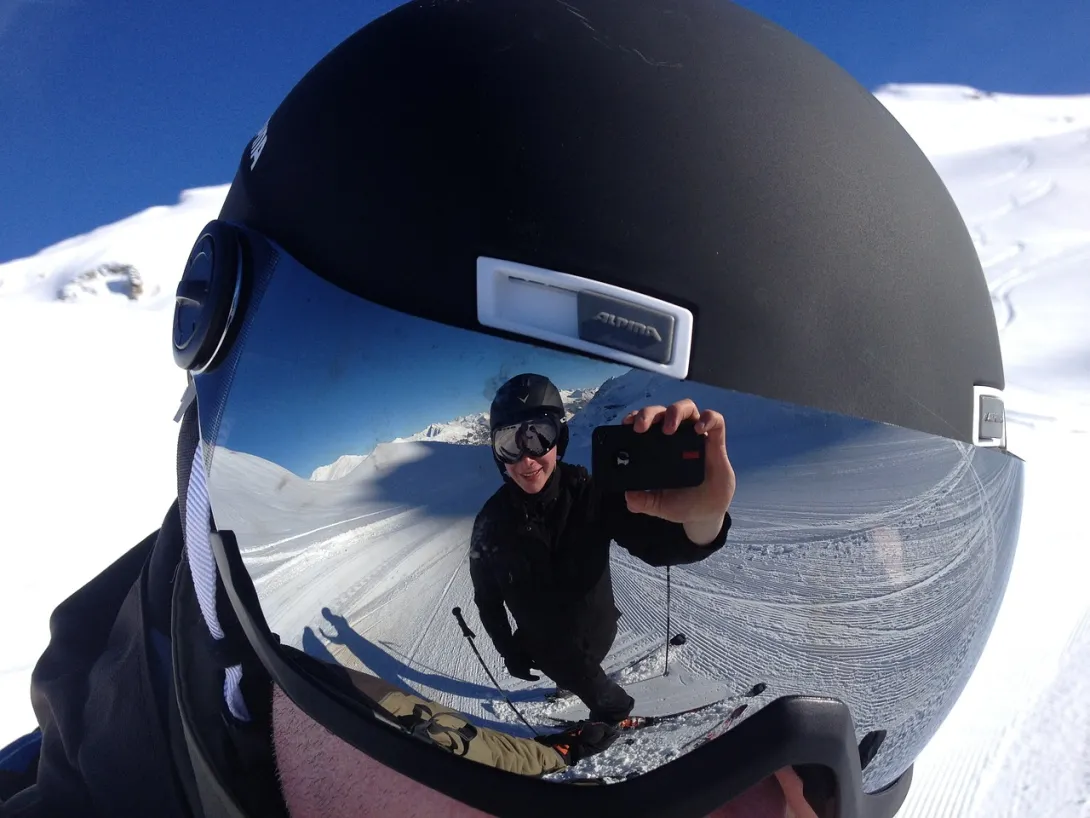
There are two types of lens shapes, and while they may sound complex, we can break them down. Well-fitting goggles should constantly contact your face. Any gapping creates an opportunity for fogging. The foam padding on your goggles should make a clean seal.
Cylindrical Lenses: These lenses match the curve of your face. The lens is flat and bends from left to right across your face.
Spherical Lenses: These lenses also match the curve of your face, but they bend from top to bottom and from left to right.
Ski Goggle Ventilation

Goggles with poor ventilation can fog up. While there are anti-fog products on the market that you can spray or wipe on your goggles to prevent fogging, having a well-fitting goggle with good ventilation will take care of it.
Goggles should have vents on both the top and the bottom to prevent fogging. Today's goggles have double lenses to prevent fogging. Before you reach for grandpa's goggles, you might consider the benefits of spending an extra 50 bucks on a new pair.
Women and Children
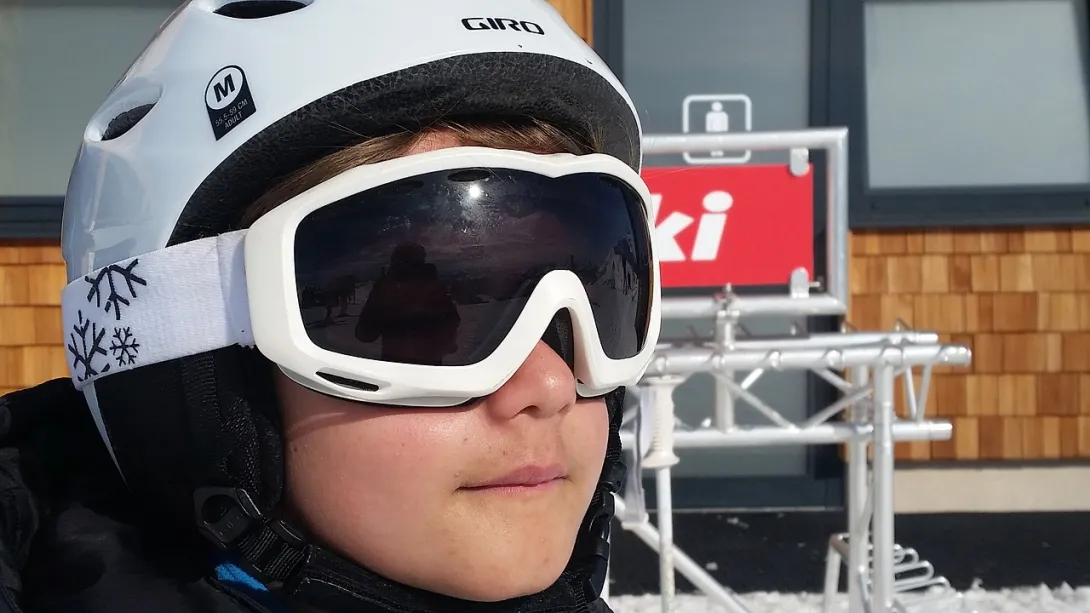
You will want to select a goggle appropriate to your gender and size.
Choosing women's goggles will help ensure an excellent fit for smaller facial features. No one wants to stop frequently to readjust goggles or get to the bottom of the slope to realize your little speed demon couldn't see.
Glasses

Glasses or contacts shouldn't stand in the way of enjoying your ski experience. So many people need glasses that you are not alone.
Consider looking for OTG, over the glasses, goggles. These glasses have several benefits. They have a unique shape to fit over glasses.
OTG goggles sit further away from your face to create room for ventilation, and they have a wider frame and more foam to provide an excellent seal without squishing the arms of your glasses.
Helmets
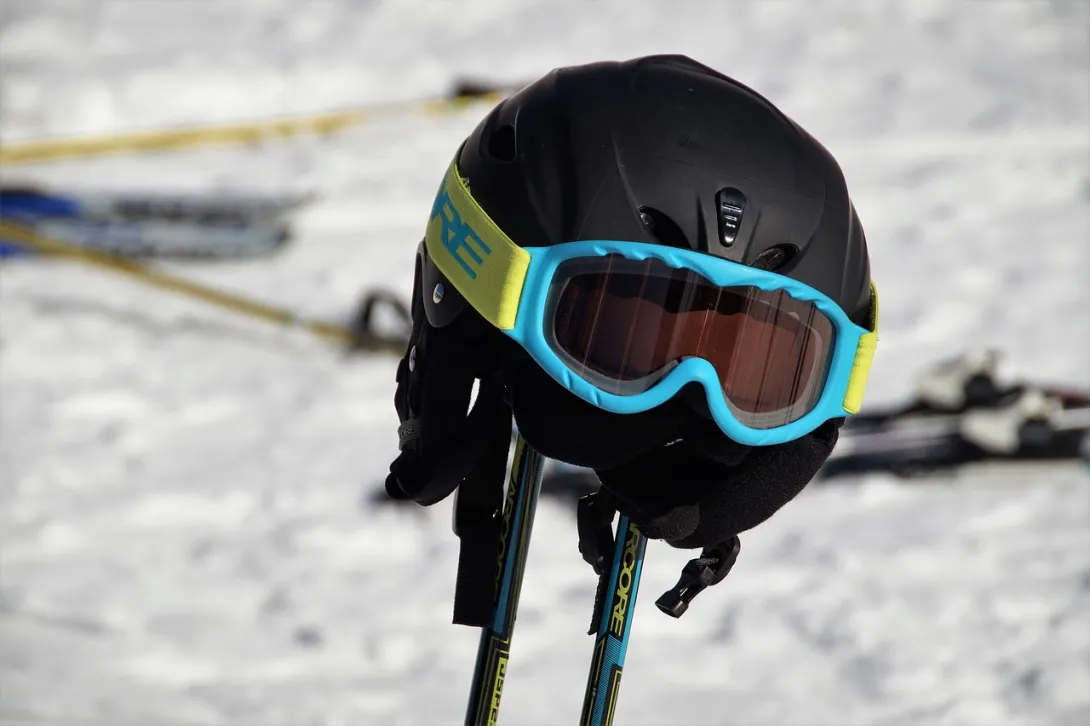
If you ski with a helmet, you will want to bring it to try on with your goggles. When wearing a helmet, the goggles need to have a longer strap. If you are shopping online, make sure your goggles are compatible with helmets.
If you wonder whether beginner skiers actually need goggles, we suggest everyone will want goggles. Usually, the winds and cold air will cause tearing as you speed down the slopes. While sometimes spring skiing invites sunglasses, that is a short season and not the norm.
Overall, goggles as a small investment to ensure you have a great time skiing. Selecting goggles should not be overwhelming. There are so many choices that all serve a purpose, but overall any good goggle is better than no goggles.

